What Is Hammock Suspension?
So you’ve gotten your Hammock and now you want to know how to suspend it between two trees. There are many different types of Hammock Suspension systems and what works for one Hammocker may not work for the next. Below you’ll find the most common three setups; Daisy Chains and carabiners, Whoopie Slings and a Marlin Spike Hitch and a Becket Hitch tied directly to your hammock

NOTICE: Be sure to never use straps less than an inch wide or ropes around the tree. If you do, this can cause damage to the cambium layer of the tree and cause it to die.
NEVER HANG HIGHER THAN YOU ARE WILLING TO FALL. Be sure to check for objects under your hammock that could cause injury in case you fall.
Daisy Chain Tree Straps
These are going to be your most basic and easiest to use Hammock Suspension. They consist of tree straps with a single loop on one end and then multiple loops on the other end. The multiple loops will connect to your hammock via carabiner or a soft shackle.
To use Daisy Chains, you will begin by wrapping the tree strap around the tree about 6 to 7 feet from the ground. Then you will feed the side with multiple loops through the side with only one loop and pull through to cinch it to the tree. Then you will do the same to the other side. Next you simply attach and hang your hammock. If you want to know how to get the proper hang you can visit this article here.

While this is a great setup to start with, it is heavier and offers less adjustments than other methods. Below describes other methods that will lessen your pack weight and give you more options when hanging. However, these methods will require some understanding of a few knots.
Whoopie Slings
When you are ready to shed some pack weight and begin to customize your hang, you will want to look towards Whoopie Slings. These have been my go to suspension for years and I still use and prefer them today. This suspension setup consists of a plain tree strap with only one loop on one end (you can make a Daisy Chain Tree Strap work but it is unnecessary weight), a Marlin Spike Hitch, and your Whoopie Sling.

What is a Whoopie Sling? A Whoopie Sling is made from strong yet lightweight Amsteel. Amsteel is a proprietary 8 strand braided rope that is 10 times stronger than steel cable per unit of weight. Due to the way the rope is braided, you are able to “splice” the rope with itself to make it more functional than a piece of rope.
The way a Whoopie sling is spliced allows for one side to be easily adjusted and the other side has a fixed loop that you will attach directly to your hammock or to a dog bone or continuous loop that is attached to your hammock with a Larks Head Knot.

To begin, you start the same as you would with Daisy Chains. Wrap the Tree Strap around the tree and feed the end without a loop through the loop and cinch to the tree. Then you tie a Marlin Spike Hitch into your tree strap. You will want to do this about eye-level. If you need help tying a Marlin Spike Hitch, please see the video here. Next you will wrap the Whoopie Sling over the Marlin Spike Hitch and pull the tree strap through the Whoopie Sling loop.
From here you will do the same steps to the other side. This is where Whoopie Slings shine. To adjust, you simply pull the tag end until the hammock is at the height you like and then milk the bury where the Amsteel is buried into itself to ensure it doesn’t slip.

Becket Hitch Suspension
The most simplistic setup in terms of hardware is definitely the Becket Hitch Suspension. This setup requires tree straps with just one loop and a point to attach to on your hammock. This point is typically a Continuous Loop or a Dog Bone.
You begin this the same as the other setups by wrapping the tree straps around the tree and cinching tight.
Next you feed your strap through your hammock attachment point. Then you will take the working end and move it towards the tree strap to adjust the height of the hammock. From here you will tie the Becket Hitch. If you are unfamiliar with tying this knot, check out this video here from the great Shug. Once you have done this on both sides, you’re done!
This setup has the least amount of moving parts but you will need more tree strap to reach your hammock. The weight difference between this and Whoopie Slings is minimal.
Wrapping up
While there are many other options out there, some with more hardware, this article was put together with the basic three. Try them out and see what works best for you.
I hope this article has given you a better understanding of Hammock Suspension. If there is anything more that you have questions about or would like to see, feel free to drop it below. Until next time… Get Hanging!


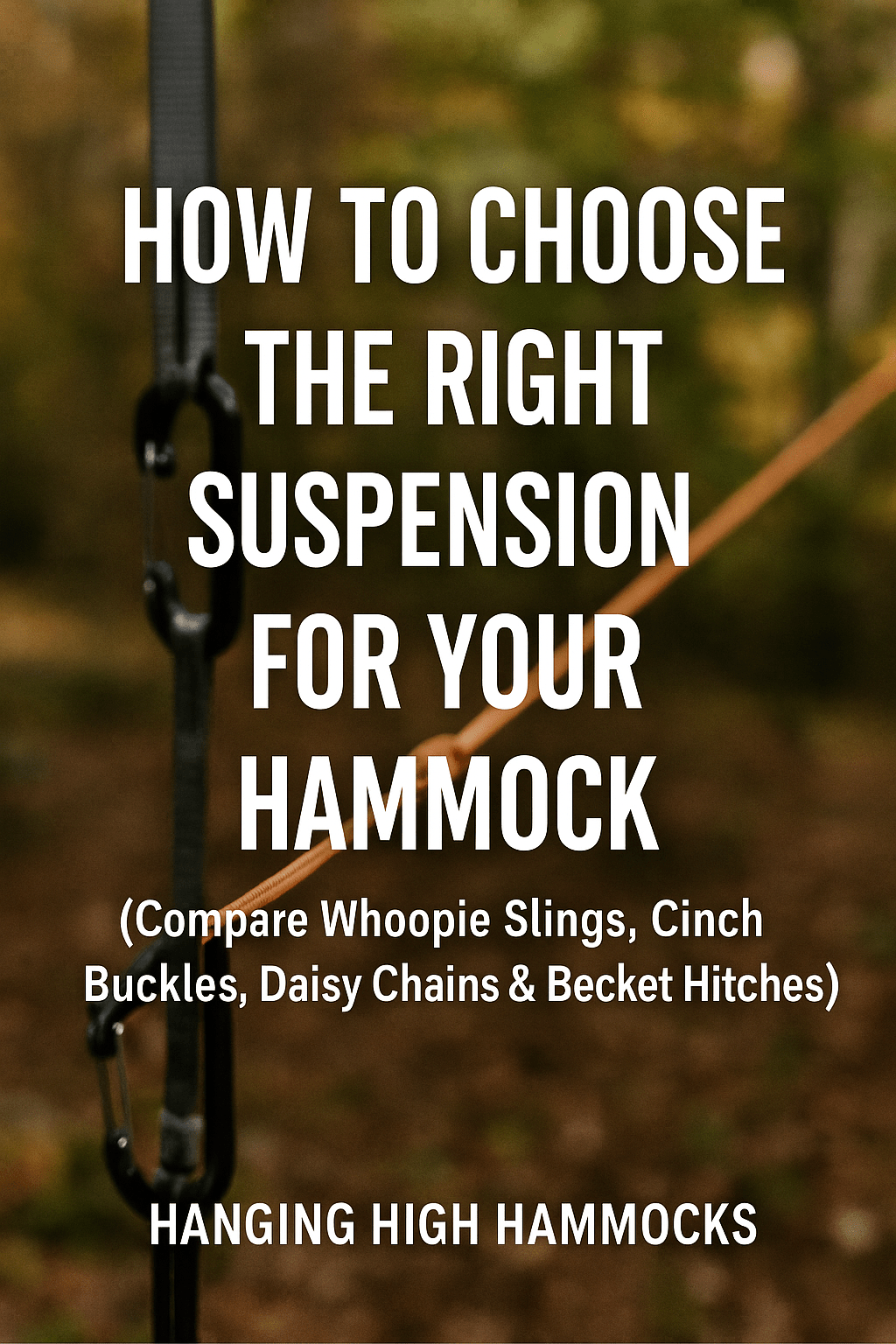


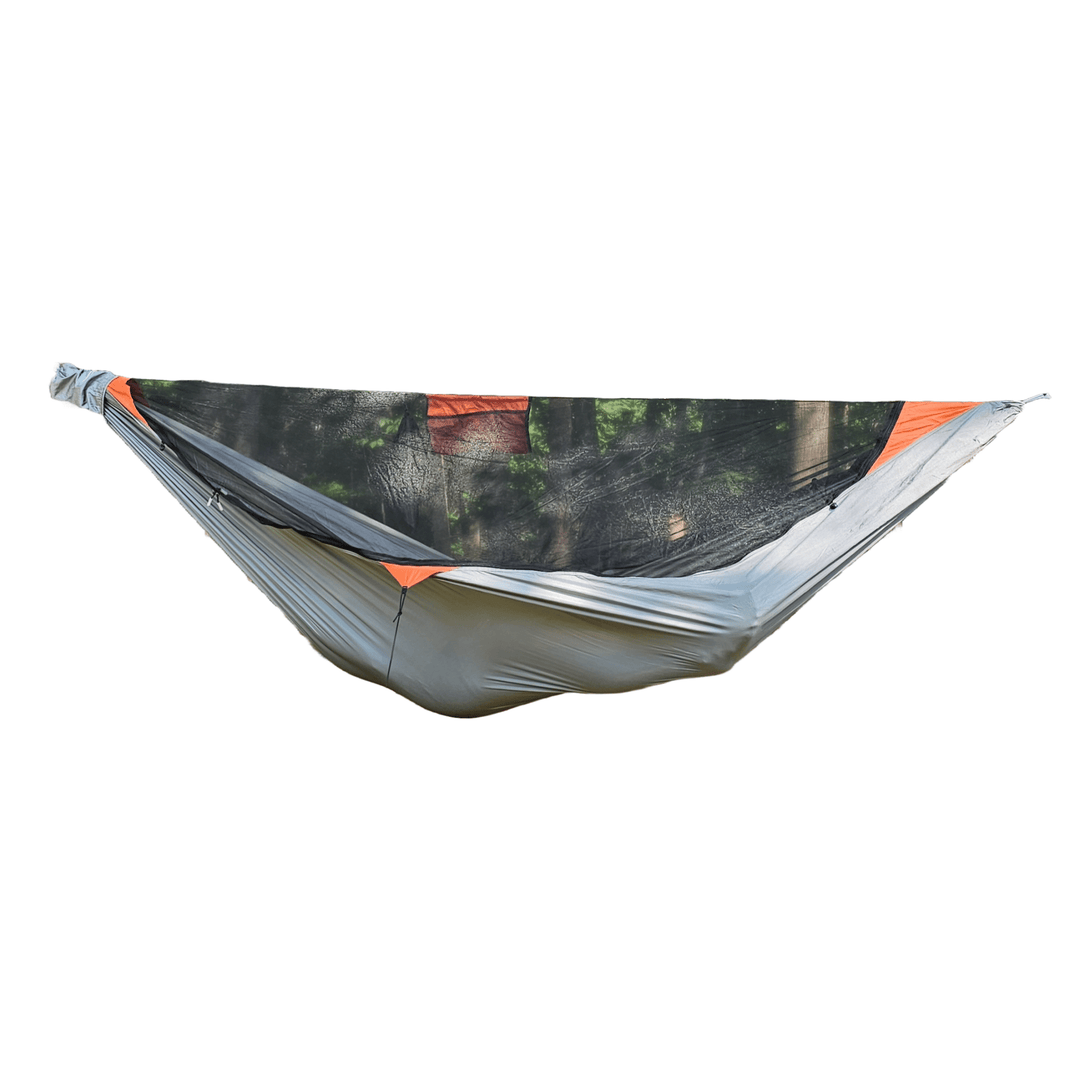
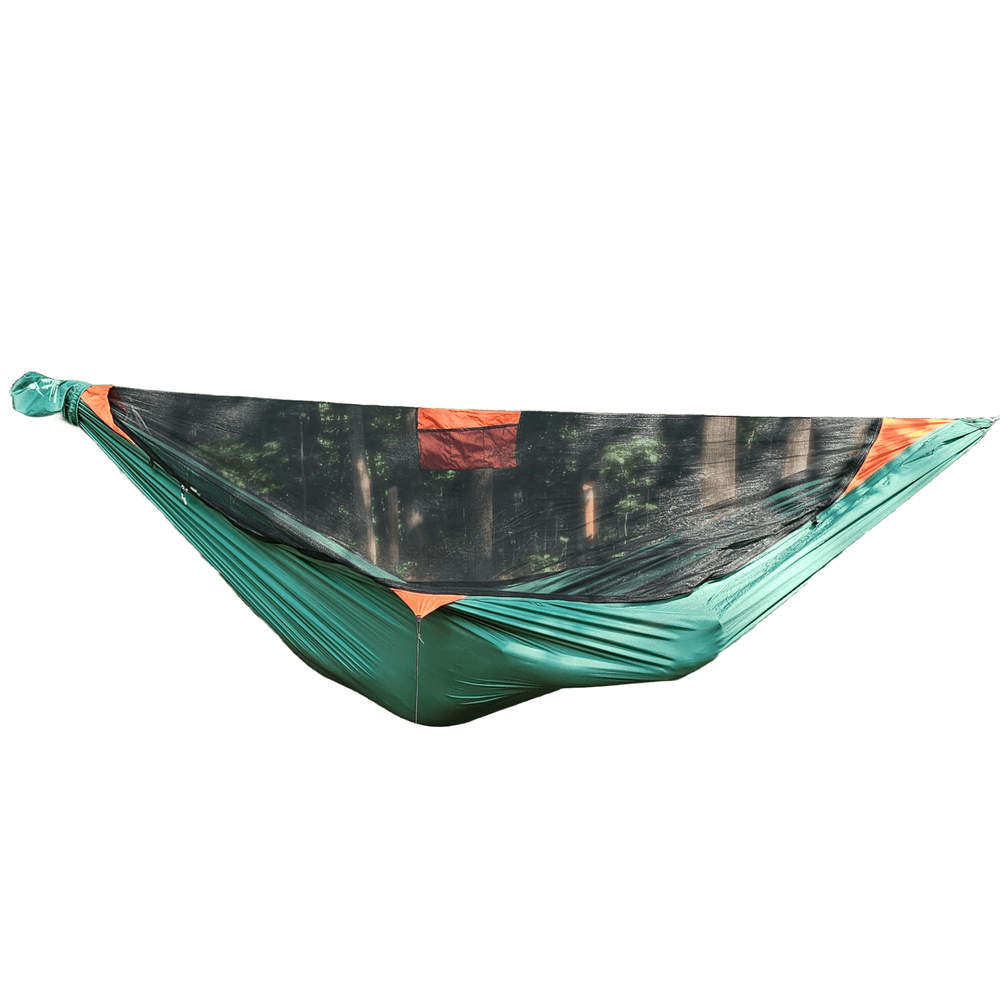
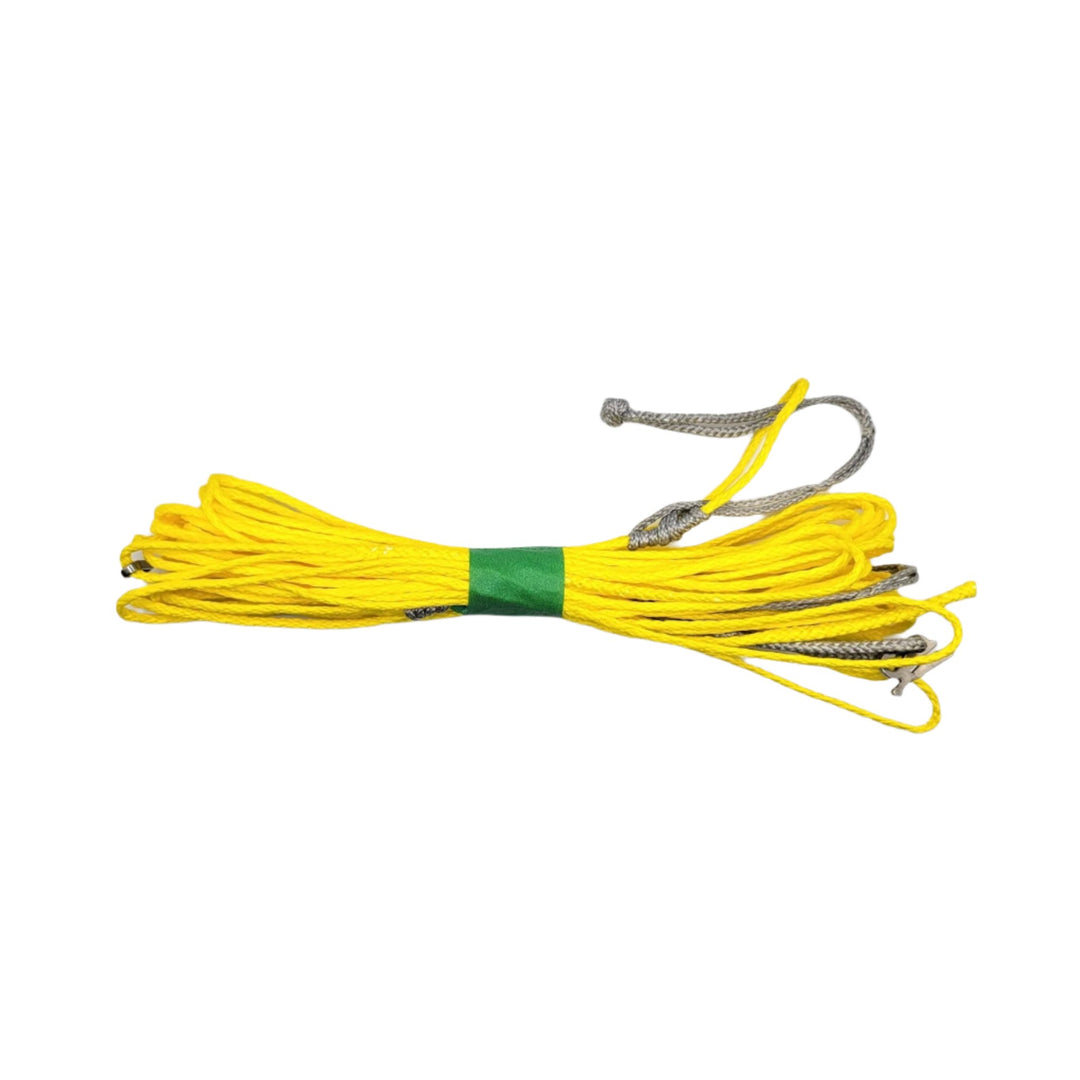
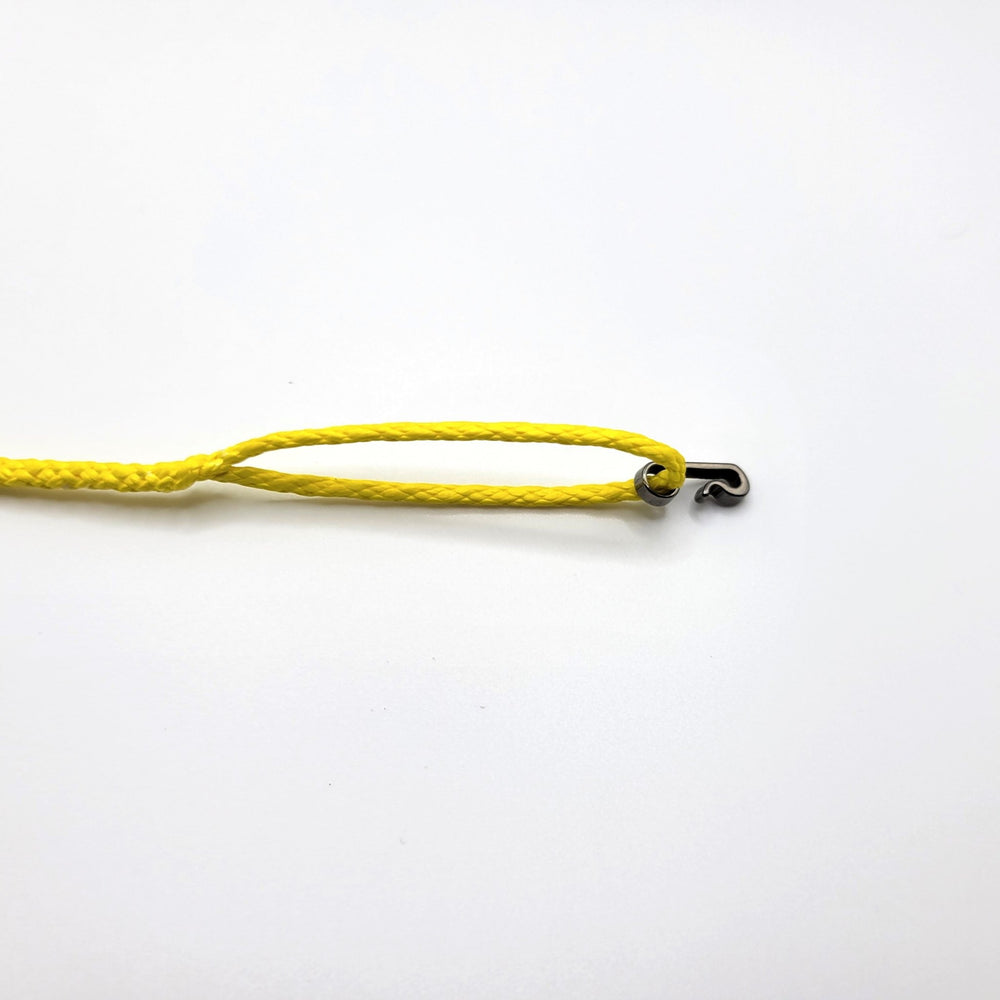
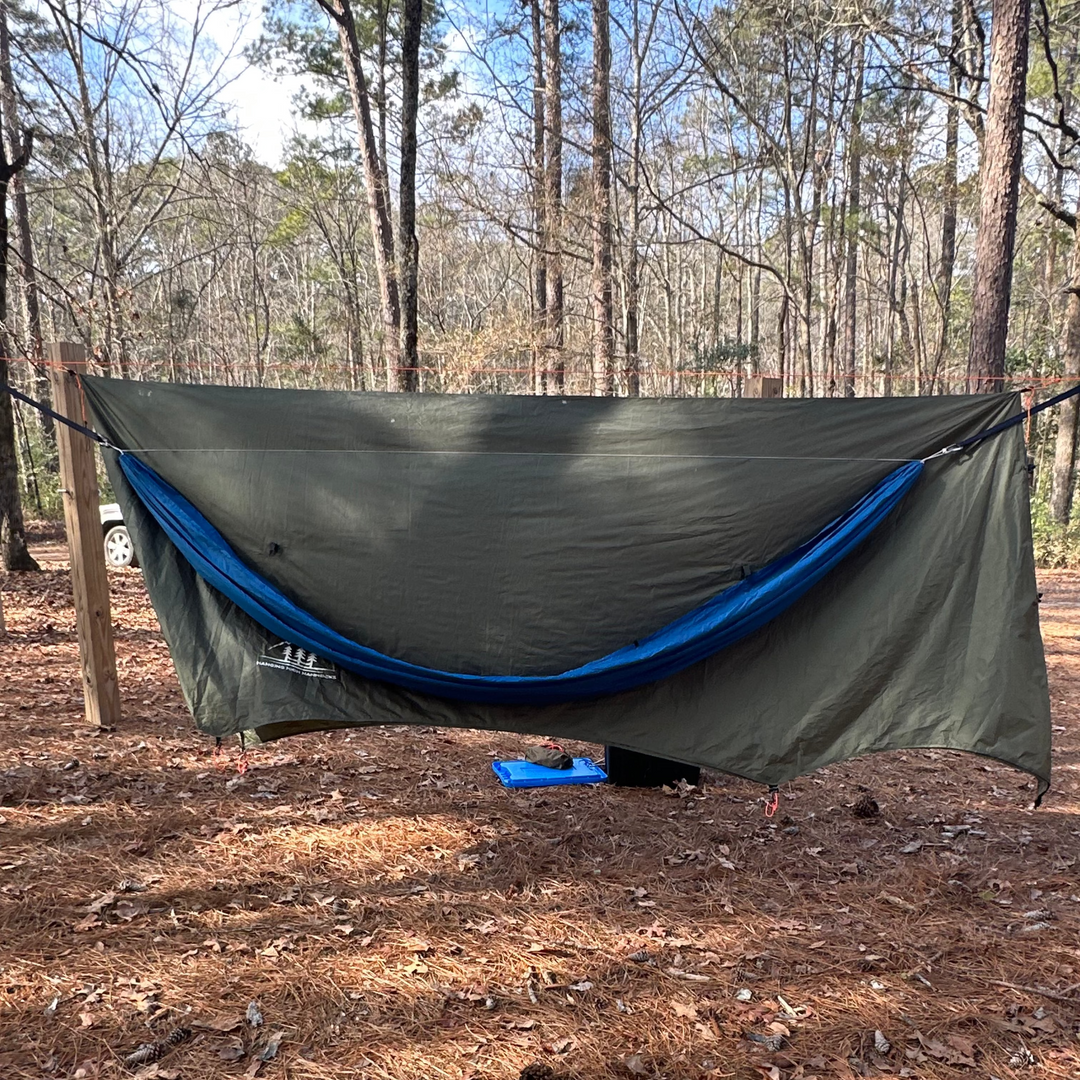
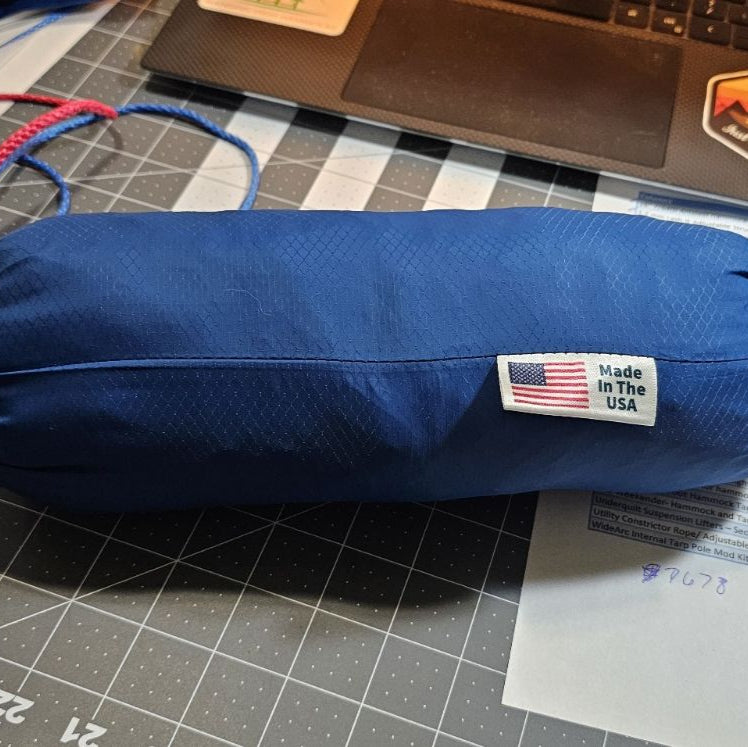
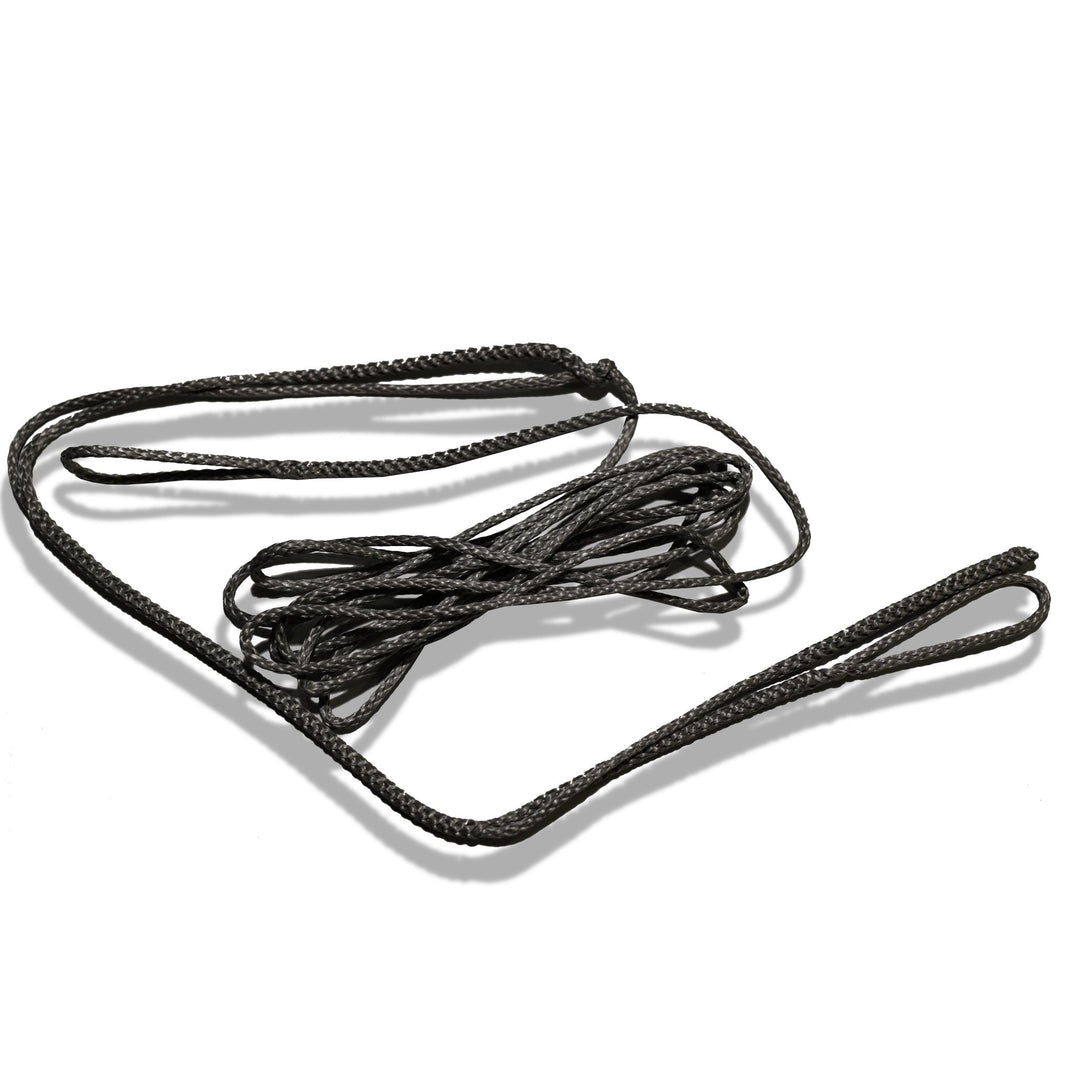
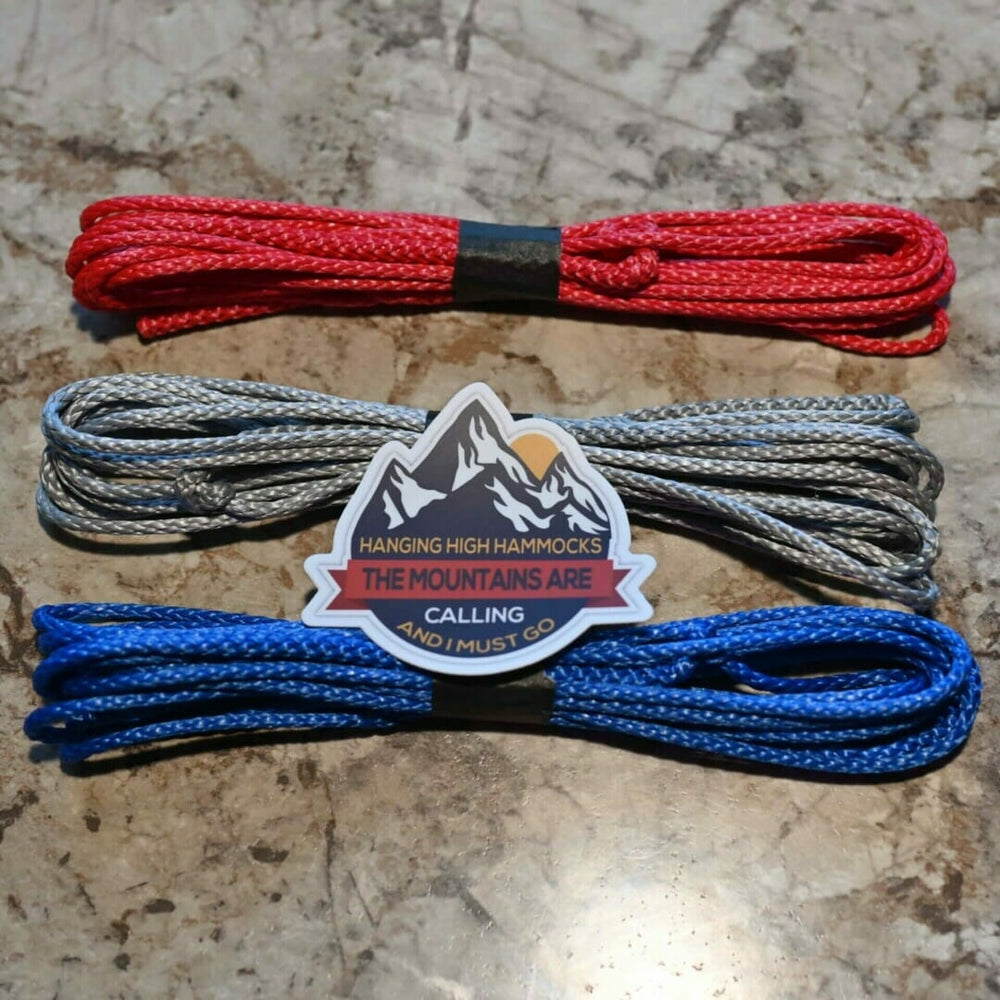
Leave a comment